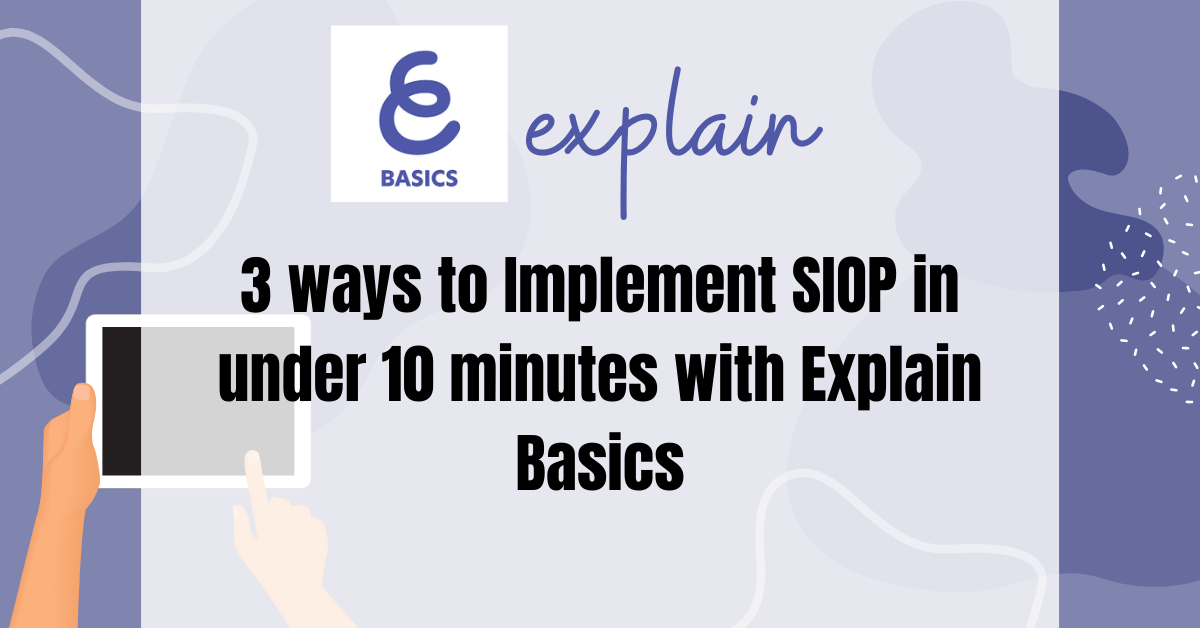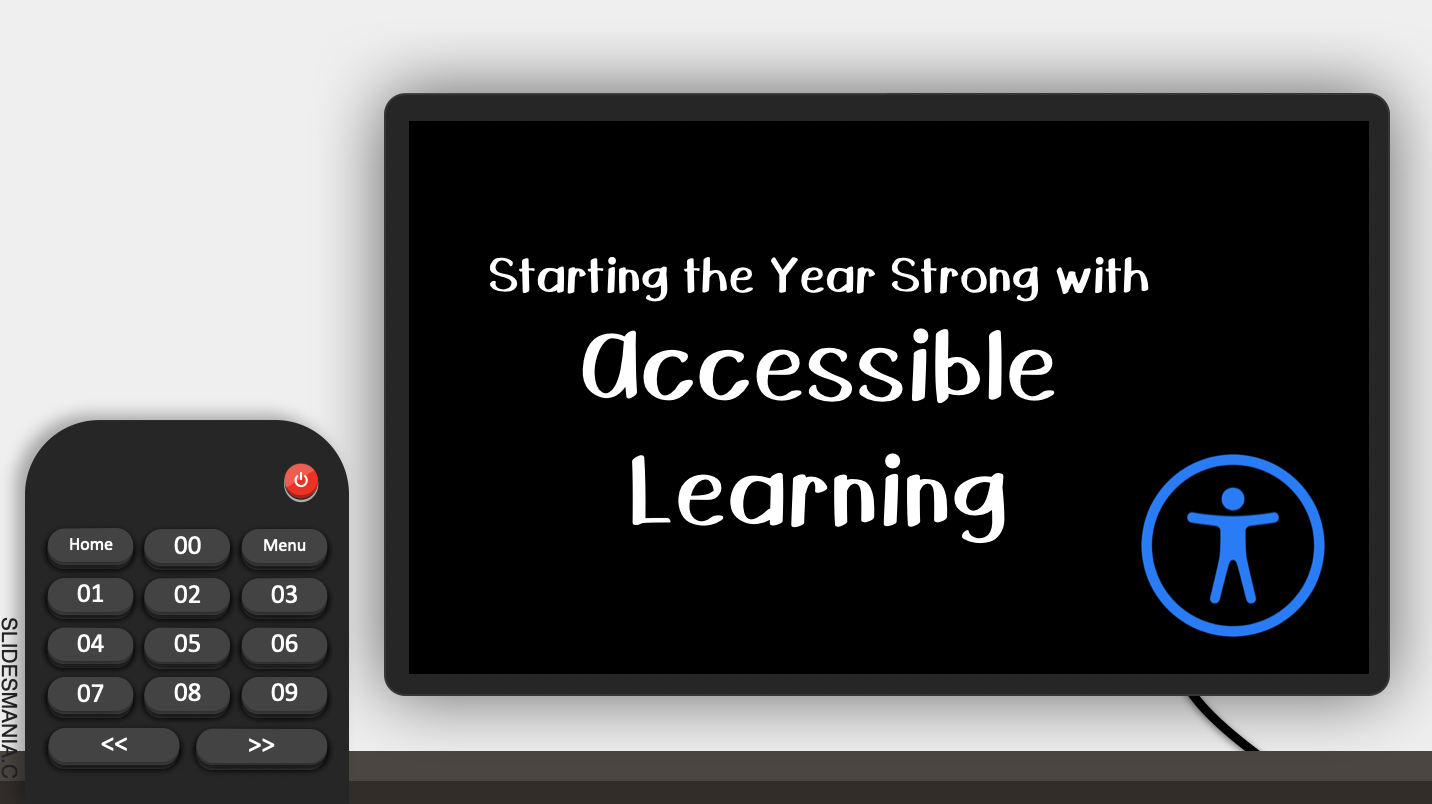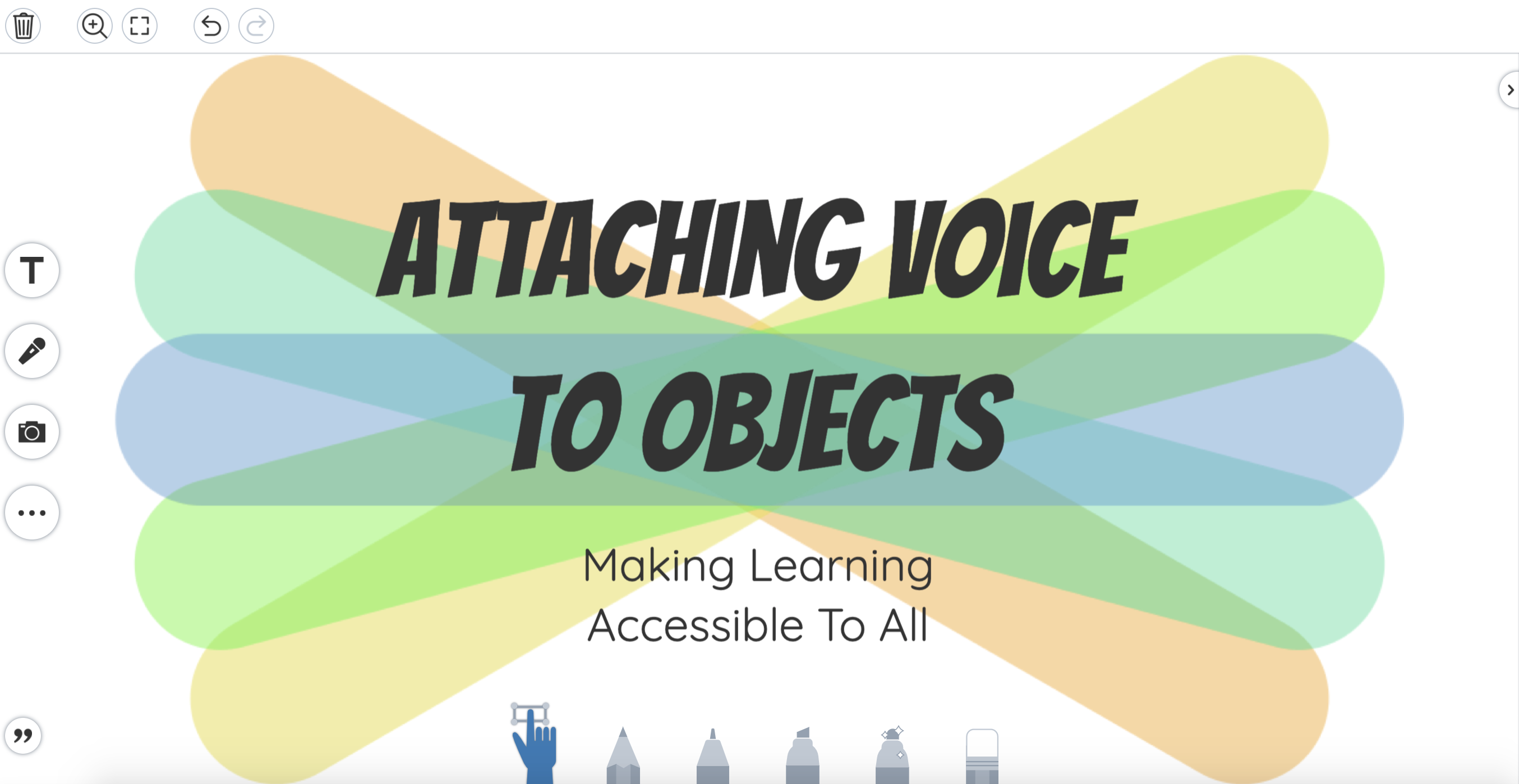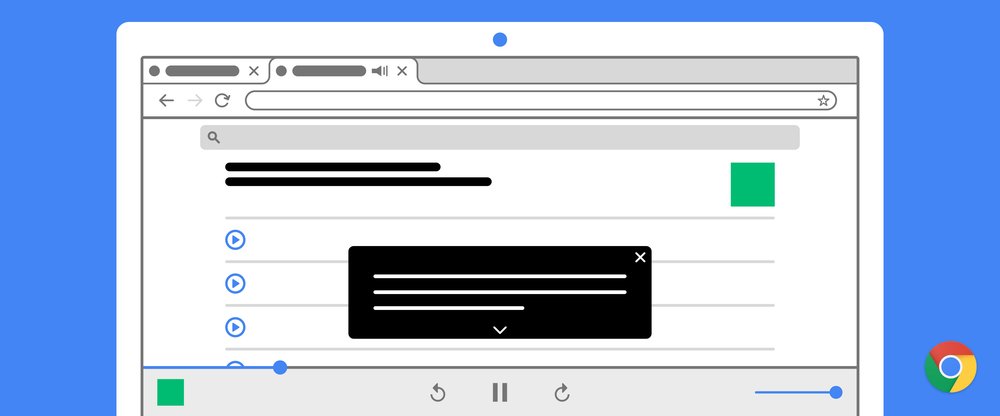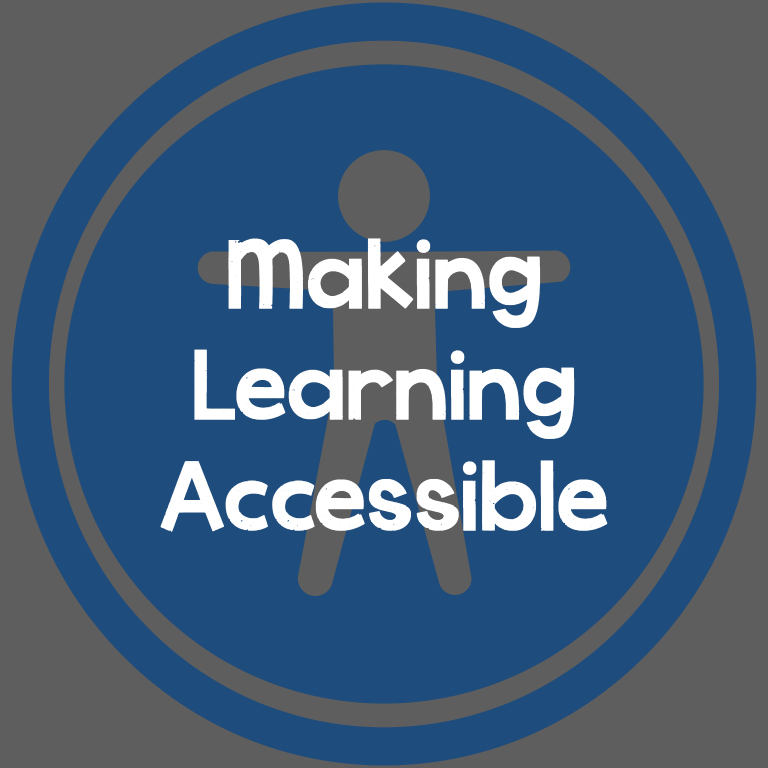accessibility
Why You Should be Using the Accessibility Checker on Canvas
We need to ensure that everything provided to our students are accessible. It wasn’t until I started using the accessibility checker that I noticed easy adjustments to ensure equal access to all. The accessibility checker is a quick tool on Canvas to make sure you are providing material that is accessible to all your students. Most of the accessibility issues I have come across has been the following Images don’t have text which makes it difficult for students who are visually impaired. Certain text doesn’t meet contrast ratio of 4.5:1 based on color Header and paragraph sizes are not correct ...
Making Learning Concrete with Hands-On Activities and Manipulatives
Practice and Application The 6th component of SIOP is Practice and Application. Practice and Application focuses on how will students will practice both the content and language objectives. It is the what and the how of the lesson. When we are thinking about Practice and Application, it’s important to keep three considerations in mind. Provide hands-on materials and/or manipulatives for students to practice using new content knowledge. Provide hands-on activities for students to apply content and language knowledge in the classroom. Use activities that integrate all language skills (reading, writing, listening, speaking) In this blog post, we will be focusing...
3 ways to Implement SIOP in under 10 minutes with Explain Basics
All secondary teachers and students have free access to Explain Basics on their self service app store on the iPad. If you haven’t used this iPad app it can be a little challenging, but below are 3 easy ways to start utilizing all of the amazing features this app has to offer. A lot of teachers use this to record lessons so they can post it and the voice, movement, and whatever you are doing on the whiteboard will be recorded. This makes it easy for students to go back and review past lessons or catch up on lessons they...
Using Immersive Reader and New Quizzes to Build Background in Canvas
October 16 Update: Canvas has now made immersive reader available in more areas, not just pages. Read more below. Our students enter our classrooms with different life experiences. This is especially true with our English Language learners. Students come from different experiences and the strategy of Building Background that we all learned or are learning from SIOP helps students connect with the material in more meaningful ways. Building background simply means we prepare our students for what they are about to learn. There are three main considerations for when you are actively working on building background with students: A student’s own...
Building Background with Seesaw
No two students enter our classroom with the same life experiences. This is especially true when you have English language learners as members of your classroom community. To help counter the differences in our students’ diverse backgrounds, we work on the SIOP strategy of Building Background. Building background simply means we prepare our students for what they are about to learn. There are three main considerations for when you are actively working on building background with students: A student’s own background is important. As teachers, it is important that we recognize that students from culturally diverse backgrounds may struggle with...
Apple Classroom: A Teacher Super Power!
Apple Classroom is a tool that every teacher can find useful. Need to quickly navigate all students to one location on Safari or navigate to an app? Want to project a students iPad on through your projector? Want to airdrop your students a document at the same time? Apple Classroom can help solve all of those needs, plus much more! Take a look at our resource below to see all that Apple Classroom can do for you. The resource above was adapted from a resource created by April Requard out of Austin, Texas. April is an Instructional Technology Specialist. A...
Low Barrier, High Impact Accommodations
All accommodations are focused on one thing: how do we make the content accessible to the student? Several years ago, I was challenged to think about an educational Hippocratic Oath. What would be on my list of imperatives as an educator? “Do no harm” is the famous line everyone knows, but a more correct summary of the famous line written is, “As to diseases, make a habit of two things — to help, or at least to do no harm.” Do good comes before do no harm. In other words, we should be focusing on the good of all students...
Using Common Icons in Seesaw
Creating and using common behavioral and academic language across grade levels within our schools increases success and accessibility through repetition and consistency. SIOP has taught us that visual cues provide needed support for English Language Learners. In our team, we are implementing common language and visual support together to create common icons in our digital lessons can increase accessibility for all students. As a second grade teacher, I have learned that providing consistent icons on my Seesaw activities creates a more user friendly and accessible activity for all students. I spend less time helping students know what to do and where to go so...
Starting the Year Strong with Accessible Learning
At Elkhart, putting students first is at the heart of everything we do. One way to ensure all students learn is to be very intentional that every student can access course material. Below are a few ways to ensure your teaching is accessible to all students. Making Canvas work for your students If your Canvas course includes images that are for content – not just decoration – you need to include an “alt” description. The alt description is read by screen readers for users who are low vision so they have an understanding of what is being shown by the...
Making Learning Accessible on Seesaw: Attaching Voice to ALL Objects
In its most recent update, Seesaw has provided users more functionality with its voice and audio features. These updates provide a more robust learning experience by offering more flexibility with voice instruction on the Seesaw creative canvas. By adding these features to its platform, Seesaw has made it easier for teachers to create activities and assignments that are more accessible to more students, thereby increasing student engagement and success. Object voice support can help students in the following ways: Provide voice support for specific text boxes and other objects on the creative canvas Present multi-tiered instructions for different parts of...
Enable Live Captions in Chrome
Accessibility has been a main theme this year in our resources and Chrome has added a great new tool to expand usability on websites with the addition of Live Captions. Why does this matter? The obvious benefits are for hard-of-hearing students. Using video and audio without captions excludes them from the experience, so it closes that gap immediately. Beyond that accommodation, giving all students the option to read along while listening increases their reading fluency and comprehension. Enabling Live Captions costs you nothing and provides major benefits to all students. Live Captions vs Closed Captions What’s the difference between this...
Making the Internet Accessible to All
We know that our students all have different needs, and we are daily making modifications to ensure that we are meeting the needs of all of our learners. But at times, we all fall short. I have found this is especially true when students are utilizing the internet for text. Not only can you not easily adapt the lexile, but you cannot be everywhere for everyone, defining words and reading words out loud. By maybe the 3rd grade, students know this and many just stop asking for help. They skip over the “big words”, pass by words they cannot pronounce. ...
Using Video as a Chunking Tool on Seesaw
The Seesaw video tool is a great way to model and break down or “chunk” your instruction for virtual assignments. Chunking instruction is when you are intentionally pacing instruction to deliver one idea, or step, at a time. This helps simplify instruction for the students, allowing for a more direct route of step by step instructions for one assignment. Teachers are able to model the assignment as well as demonstrate the expectations. Teachers could chunk their instruction to: Model and complete a sample directly on the assignment for students to watch Break down specific steps in the assignment to demonstrate possible...


